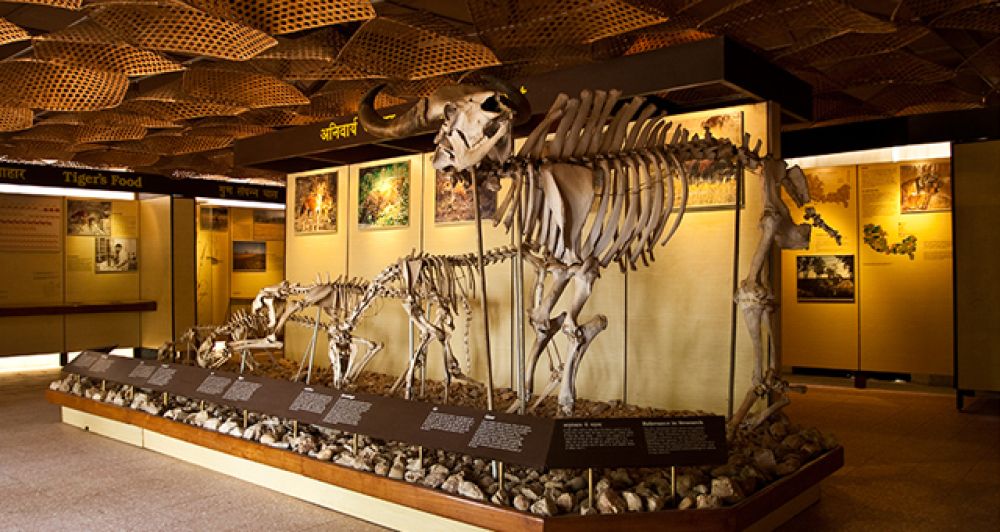

Located in the heart of India, Kanha National Park is a premier wildlife sanctuary and one of the most visited tourist destinations in Madhya Pradesh. Not only is it renowned for its robust efforts in the conservation of the Bengal tiger, but it also houses a wealth of flora and fauna, attracting nature enthusiasts and wildlife photographers from around the world. Complementing this natural bounty, the Kanha Museum serves as a vital source of information for tourists, providing insights into the park's history, ecosystems, and species.
The park's history dates back to the 1930s when it was initially constituted as a sanctuary. However, it was in 1955 that Kanha National Park came into existence and later, in 1973, it became a part of Project Tiger, which aimed to preserve the dwindling tiger population in India. In the years that followed, the park's reputation as a notable wildlife destination grew, both domestically and internationally.
With the establishment of the Kanha Museum, the park increased its educational and cultural offerings to tourists. The museum serves as a gateway to understanding the myriad aspects of the park's wildlife and the history of the region. Exhibits include detailed descriptions of the park's topography, pugmarks, species information, and conservation efforts. It helps visitors to connect deeper with the environment they are exploring and promotes responsible tourism.
Following global trends, tourism at Kanha National Park has been increasingly focusing on sustainability and conservation. Guided nature walks, eco-friendly accommodations, and responsible wildlife tourism practices are on the rise. As visitors become more eco-conscious, there is a noticeable shift towards supporting local communities and indigenous crafts, which is also supported by the museum's showcase of local cultures and traditions.
Another growing trend is experiential travel, where tourists look for authentic experiences rather than mere sightseeing. This encompasses activities like bird watching, jungle safaris, and participating in wildlife conservation workshops. The Kanha Museum complements these experiences by providing in-depth background knowledge which enriches travelers' understanding and appreciation for the region.
Photographic tourism is also gaining popularity, with both amateur and professional photographers drawn to the park for its photogenic landscapes and biodiversity. To cater to this audience, the park has begun offering specialized photography tours that promise up-close encounters with the wildlife in the best light conditions.
Digital engagement has also become critical for attracting tourists. The park's online presence allows potential visitors to access information, book guided tours, and plan their visit with ease. This is especially significant in the wake of global events such as the COVID-19 pandemic, which has reshaped the travel industry and highlighted the need for flexibility and digital accessibility.
In conclusion, Kanha National Park and the Kanha Museum continue to be shining examples of conservation and eco-tourism, embedding themselves deeper in the rich tapestry of India's wildlife sanctuaries. As tourism trends evolve, the park and museum stand ready to adapt, ensuring a memorable and impactful experience for all visitors.